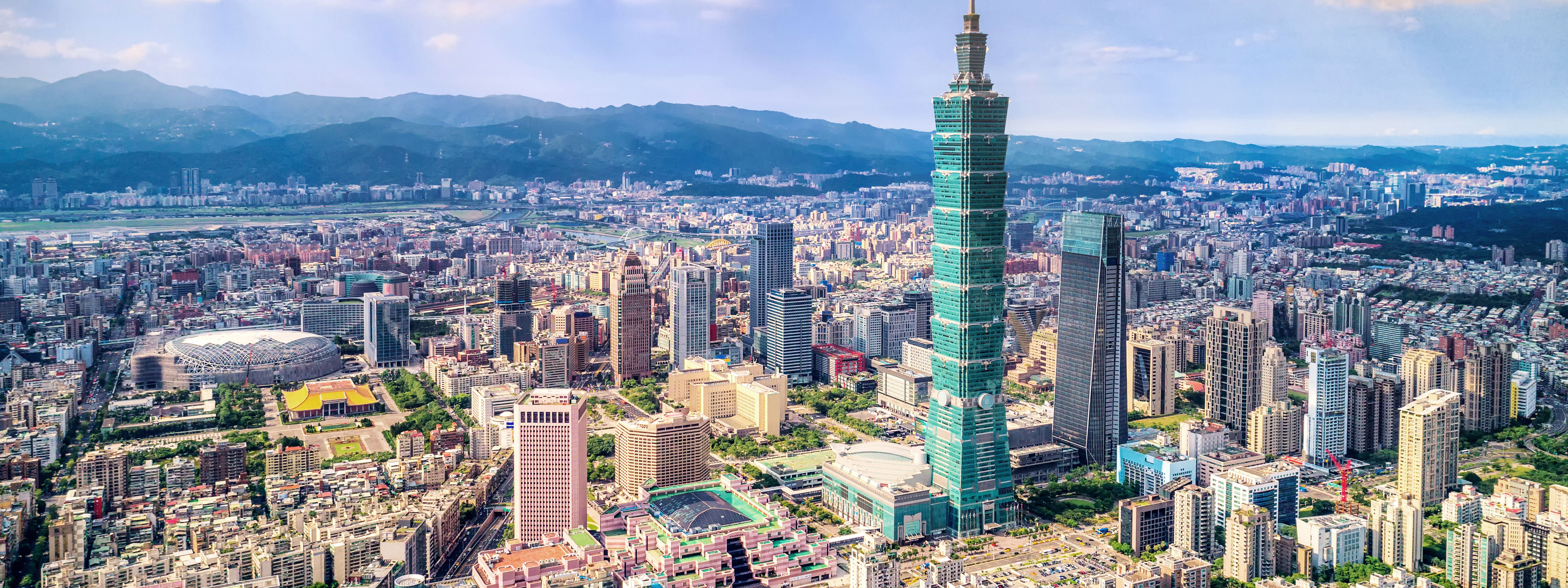Globally, the oil & gas (O&G) sector saw an increase in M&A in 2018, as oil prices rose throughout the first three quarters of 2018. However, the same cannot be said for the sector in Latin America and the Caribbean. While the global total rose 23% year on year to US$376.5, LatAm value fell 18% to US$6.3 billion.
But with the steady recovery in the price of Brent Crude since a steep drop at the end of last year, the first quarter of 2019 saw a year-on-year value rise of 100% from US$0.36 billion in Q1 2018 to US$0.72 billion.
The largest deal in the region last year points toward an uptick in confidence in the region. Swiss-based Transocean, the second largest offshore drilling contractor globally, acquired Cayman Islands-based Ocean Rig for US$2.6 billion.
The offshore rig market has been slow to recover after the crash in the oil price in 2014 and the deal, Transocean’s second major acquisition in 2018, demonstrates confidence in oil prices and therefore in offshore projects, which are considerably costlier than onshore extraction. Major offshore discoveries in Guyana are contributing to the renewed confidence.
Should the price of crude remain steady, O&G firms in the region could undertake some of the structural changes we have seen in other regions, characterized by a new focus on downstream assets like refining, as well as a diversification towards alternative energy projects.
Brazilian O&G deal activity set for recovery
Brazil registered only four O&G deals in 2018, totalling US$750 million, an 83% fall in deal value and 69% decline in volume compared to 2017. In contrast, already in the first quarter of this year, deal volume has caught up with 2018 and deal value has nearly done so: Q1 2019 registered four deals worth US$630 million.
Deal activity for the rest of the year should continue apace, provided the price of oil remains relatively stable. Brazil’s new president Jair Bolsonaro has announced privatization plans for the country’s many state-owned companies, including assets belonging to state-owned oil company Petrobras.
Petrobras sold off a stake in its African unit for US$1.4 billion to oil trading firm Vitol last year*, and in February agreed to sell its pipeline unit, TAG, to a consortium led by French energy firm Engie. In March, Petrobras announced it was beginning a process to sell exploration and production rights to the Polo Grande do Norte offshore oil field.
*Not registered as a Mergermarket Latin American deal as the unit was registered in Nigeria
Argentina’s reforms at stake in elections
In 2018, year-on-year O&G deal value in Argentina rose 29% to US$1.44 billion. This total included the second largest deal in the region as Brazil’s Raizen took over Argentinian downstream assets from Shell for US$950 million.
Since coming into power in 2015, the government of President Mauricio Macri has sought to implement reforms to the O&G industry, including bringing gas prices more in line with market forces. This has attracted foreign investors, who are especially interested in the country’s promising Vaca Muerta shale fields. However, presidential elections are coming up in October this year, which could see Macri lose to a less business-friendly candidate.
New discoveries could transform Guyana
In April of this year, ExxonMobil announced its 13th offshore discovery in Guyana. The energy giant believes that its various wells in the Stabroek Block could produce more than 750,000 barrels of oil per day by 2025. Exxon’s discoveries will precipitate massive changes in Guyana, one of the poorest countries in the LatAm & Caribbean region: GDP per capita is only US$4,655.1, compared to US$9,274.8 for the region as a whole in 2017, according to the World Bank.
While production won’t begin until next year, energy consultancy Wood Mackenzie has estimated that Guyana could become the second-largest oil producer in LatAm in the coming decade. There are no recorded deals in the oil and gas sector in the country in Mergermarket history, but if Exxon’s finds are as exciting as they appear to be, that is sure to change.
Turmoil in Venezuela
Once one of the top oil producers in Latin America, Venezuela is likely to continue to face geopolitical issues, curtailing both production and dealmaking. From 2015 to the end of 2018, production has nearly halved due to the ongoing economic crisis, which has led to electricity rationing and blackouts.
The US announced sanctions against the country’s state-owned oil company PdVSA towards the end of last year, and last month announced further sanctions against two companies involved in the transportation of oil to Cuba. Analysts have predicted this could further push production down another 20% this year. Whether or not the government of Nicolas Maduro survives, M&A in the Venezuelan O&G sector, especially inbound activity, is likely to remain depressed for a few years.
Overall, however, government reforms and privatization plans in Argentina and Brazil, and exciting new discoveries in the region, all signal optimism for M&A in the sector—so long as oil prices remain relatively stable.





